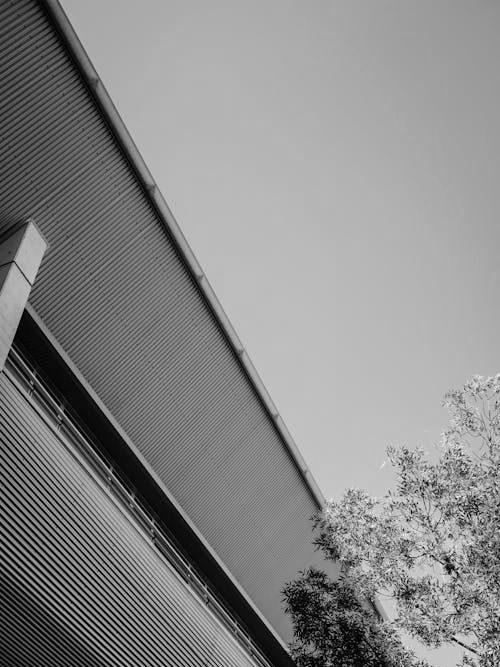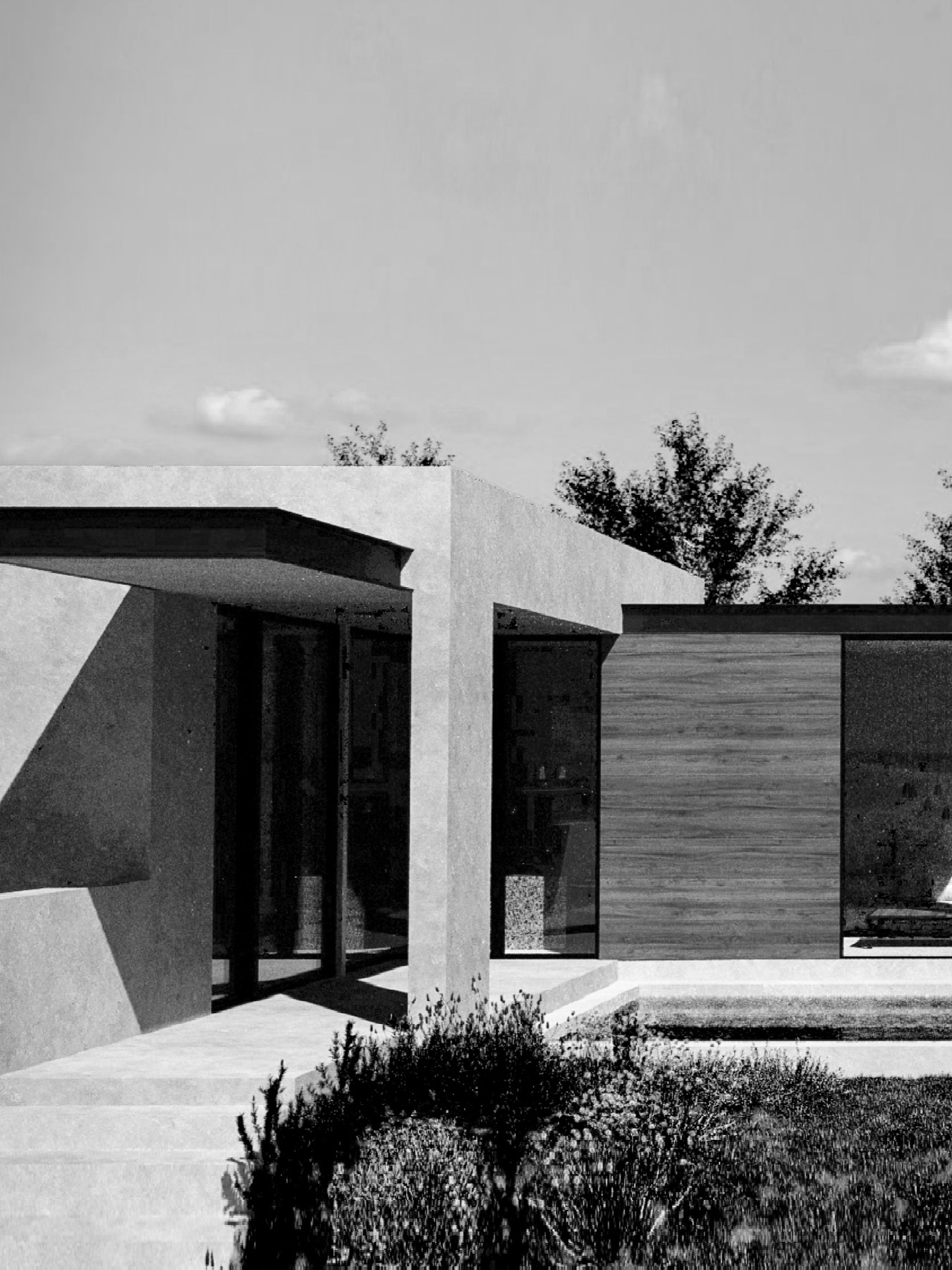Simplicity:
The design removes unnecessary elements, focusing only on what is necessary. This results in elegant and discreet spaces.
Functionality:
Every design element serves a purpose. Functionality underpins design choices, ensuring spaces are efficient and usable.
Natural Materials:
Minimalist architecture often uses materials that are natural and durable, such as wood, concrete, glass and stone. These materials contribute to a sense of authenticity.
Open spaces:
Minimalism favors open floor plans that allow for smooth movement and interaction. This creates a sense of spaciousness and encourages flexibility in how spaces are used.
Light and shadow:
Natural light plays a vital role in minimalist design. Large windows, skylights and open configurations reinforce the connection between indoors and outdoors, creating dynamic patterns throughout the day.
Color and texture:
The color palette is usually neutral or monochromatic, which helps create a calm environment. Texture in materials is used to add depth and emphasize simplicity. This approach not only promotes a serene aesthetic, but also strengthens the relationship between architecture and its environment, making it a powerful style in contemporary design.


